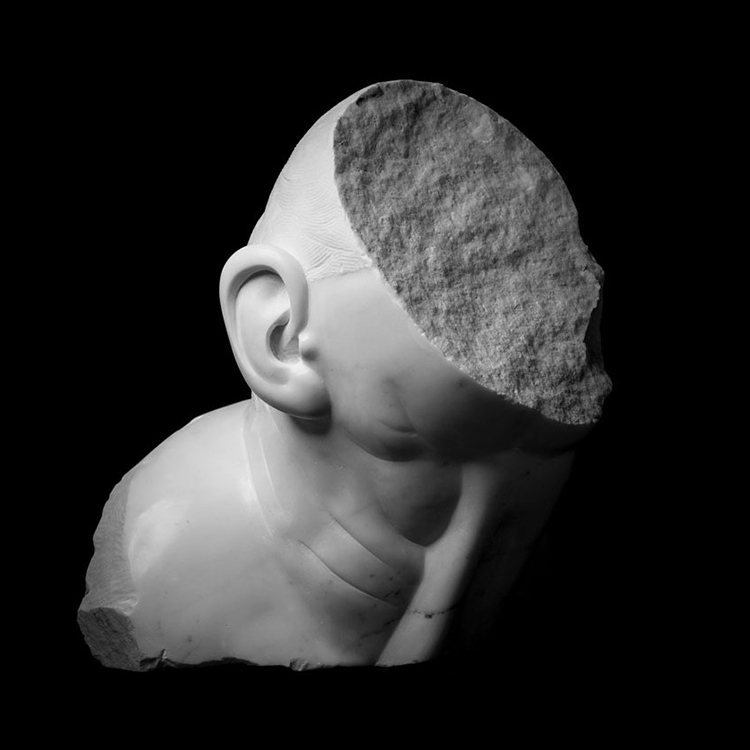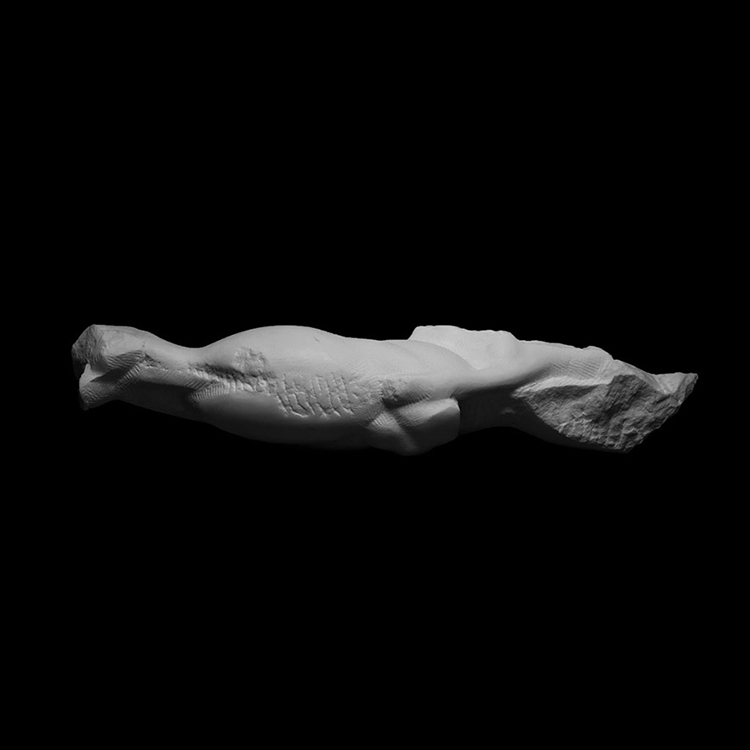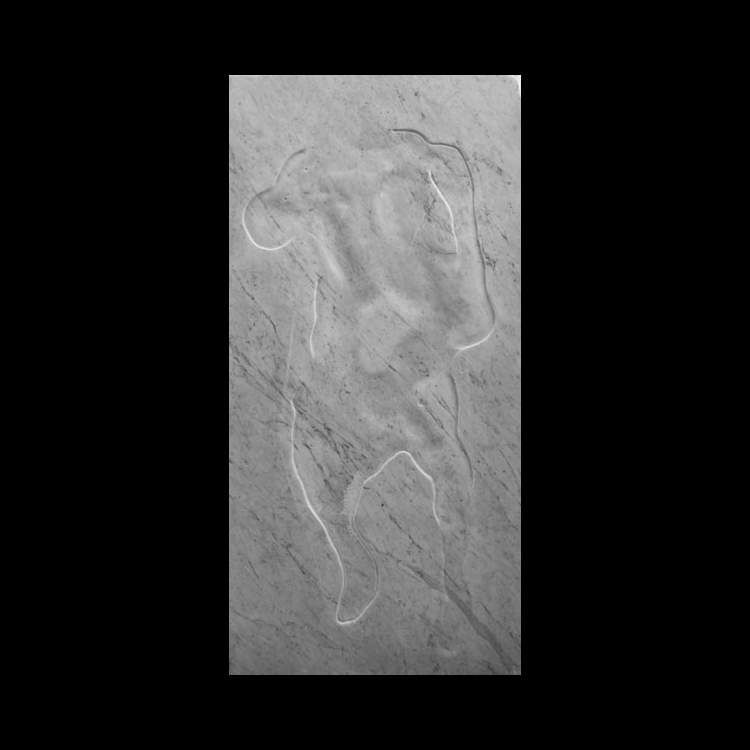The Art of Eating Rocks
Lithophagia is a subset of geophagia and is a habit of eating pebbles or rocks. In the setting of famine and poverty, consuming earth matter may serve as an appetite suppressant or filler. Geophagia has also been recorded in patients with anorexia nervosa. However, this behavior is usually associated with pregnancy and iron deficiency. It is also linked to mental health conditions, including obsessive-compulsive disorder.
In fear of a prophecy that he would be overthrown by his own son, Kronos, the king of Titans, swallowed each of his six children as they were born. Rhea managed to save the seventh and youngest child, Zeus, by instead feeding Kronos with a stone wrapped in swaddling cloth.
In a tale by the Brothers Grimm, a wolf tricked seven kids to open the door for him while disguised as the children’s mother. He ate all but the youngest, who hid himself in a clock. When the mother came back home, she and her youngest kid saw the wolf in the neighborhood, sleeping with his stomach full of the (still living) kids. They opened his stomach, released the kids, replaced them with stones and sew it back together. When the wolf finally awoke, thirsty from the stones in his belly, he walked to a well to drink. But the stones pulled him in, and he drowned.
Some animals that do not have suitable teeth for grinding down food ingest small rocks in their stomach to aid with their digestion. The stones to mash up the food, easing the animals’ digestion. Among other, crocodiles, seals, sea lions, herbivorous birds, domestic fouls, and ostriches adopt this practice.
Alligators fill their bellies with small rocks to stay underwater for longer periods of time. Ingested stones equal to just 2.5 percent of the alligators’ body weight. This increases the animals’ dive time by an average of 88 percent, extending it up to 35 minutes.
In the Afro-Cuban religion Santeria, stones are regarded as both containing and representing their divinities. They are understood to be alive and perceived as sources of power. Some of the most powerful stones are claimed to have been brought to Cuba from Africa by slaves who concealed them within their stomachs during the crossing of the Atlantic Ocean. The stones generally undergo a baptism rite. This allows them to be “born”. The process involves the stone’s washing in a mixture of herbs and water, after which the stones are “fed” with animal blood. When someone receives their stones, they take an oath to protect them and to feed them. By feeding them, the stones gain the strength to aid people.
When she arrived in Macondo carrying her parents’ bones in a canvas sack, little Rebeca, along with the plague of insomnia, also brought the habit of eating earth and lime off the walls. She only liked to eat the damp earth of the courtyard and the cake of whitewash that she picked off the walls with her nails.
In Kenya, pregnant women are known to consume copious portions of soft limestone to satisfy and subdue midnight cravings and bouts of morning sickness. The soft stones, called Odowa, are sold freely in the Kenyan capital, Nairobi.
Within the old city of Hyderabad, pregnant women eat limestone that is soft enough to chew, in the hope of having fair-skinned children. In most parts of India, women are told not to have tea or coffee as it could make their offspring dark.
































